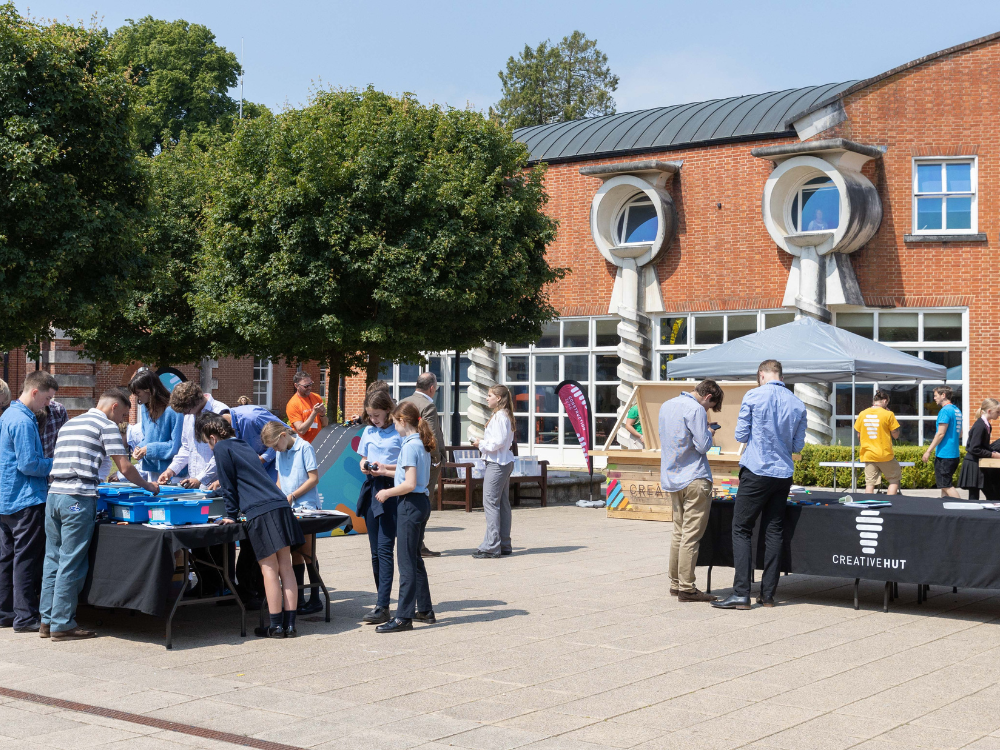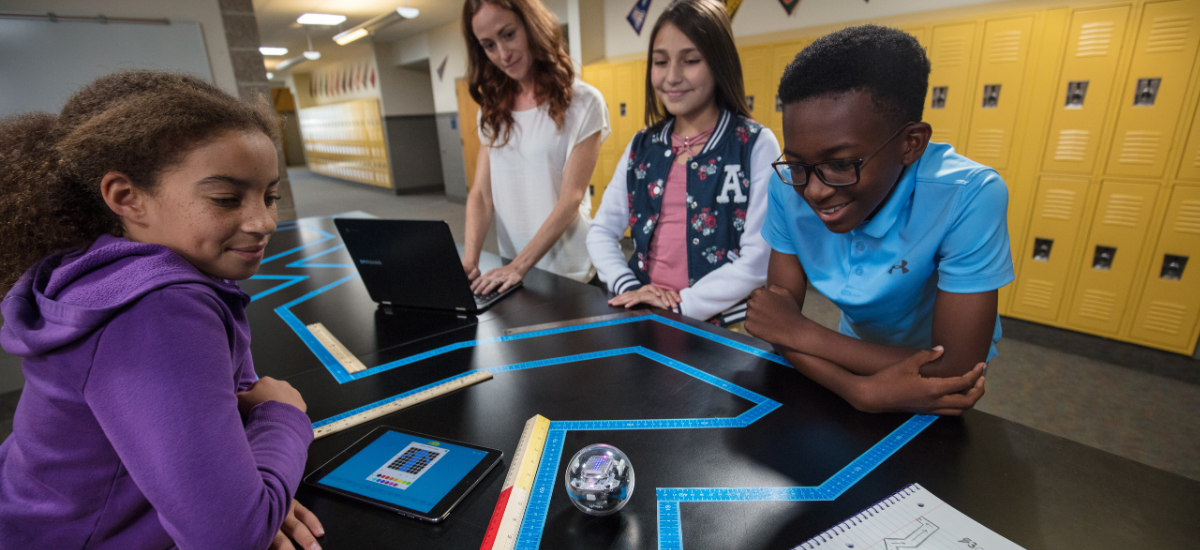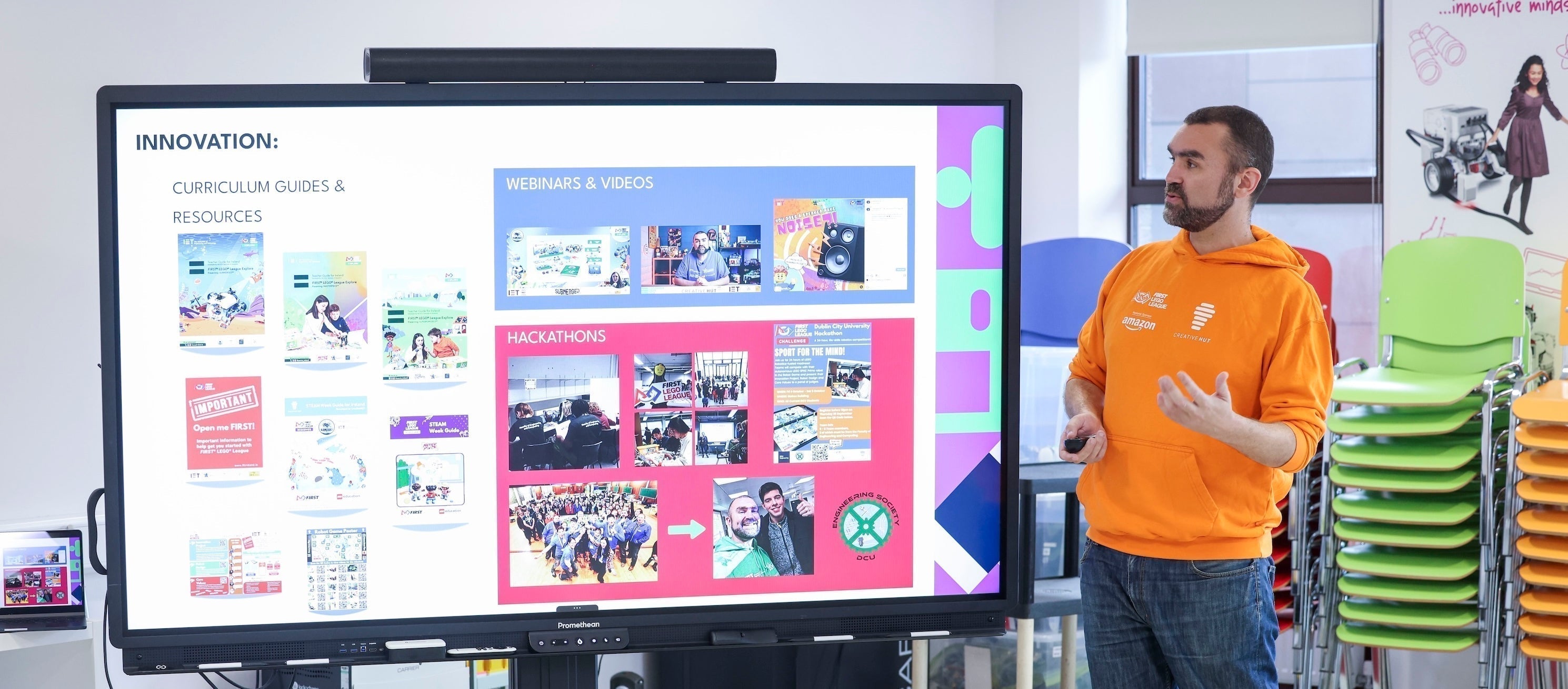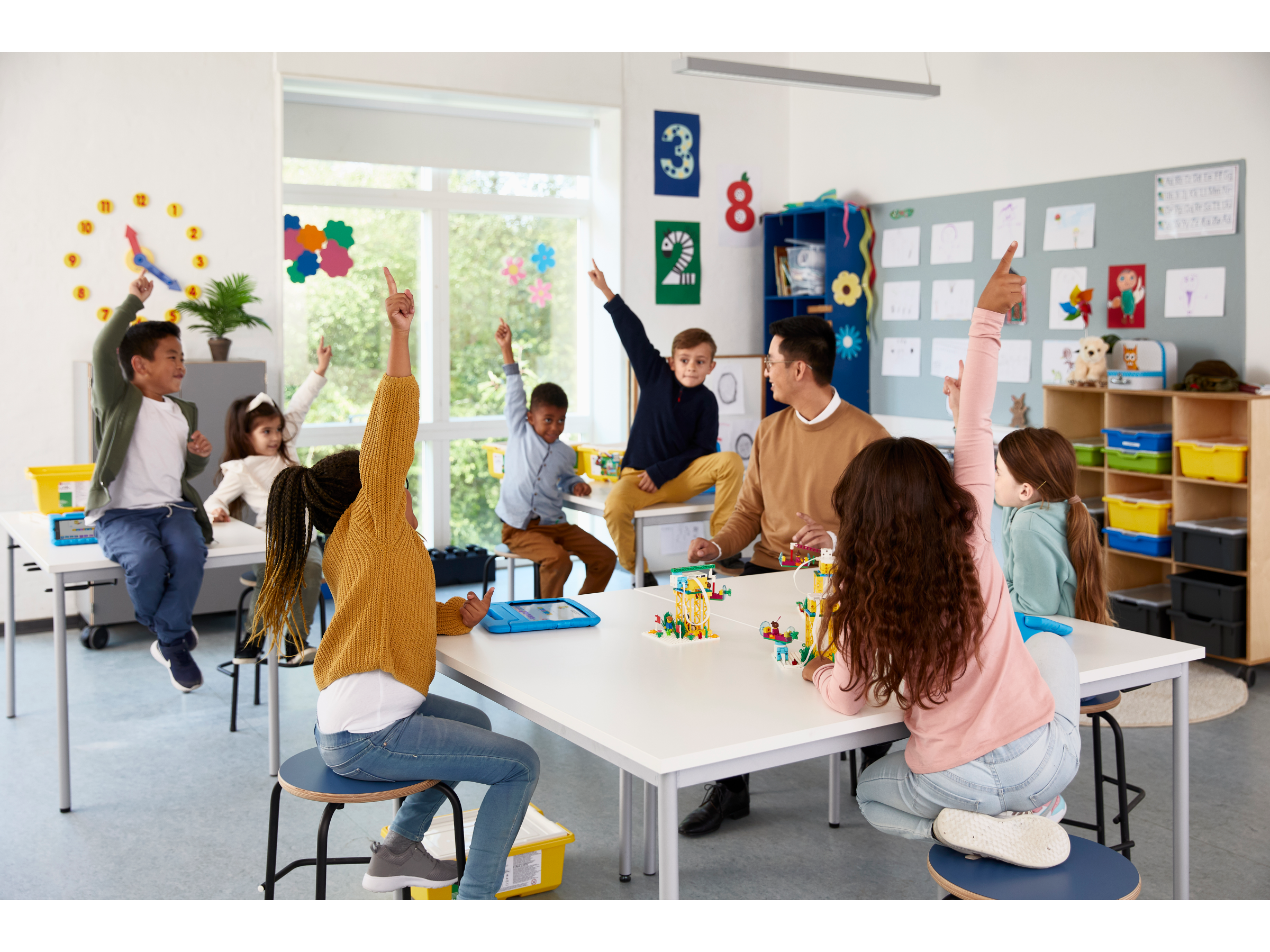As part of Dyslexia Awareness Week, our Chief Marketing Officer, Simon Davenport, shares a personal story about his family’s journey with dyslexia, from diagnosis to discovering the power of hands-on STEM learning. His reflections highlight how inclusive, practical approaches can help every child thrive with confidence and curiosity.
When we learned that our eldest son is dyslexic, it felt like stepping into a new world. There was relief - finally a reason for the challenges we’d seen - mixed with worry about what this might mean for his future. When we finally got the formal diagnosis, my first reaction was a wave of self-doubt - questioning whether we, as parents, had missed something or not done enough to support him. That moment also pushed me into a deep dive of research, desperate to understand more and find the right ways to help.
Sadly, only about 1 in 5 children with dyslexia in the UK receive a diagnosis, even though dyslexia affects around 10% of the population. That lack of identification can have serious consequences: research shows that students who are not proficient readers by age 8 are four times more likely to drop out of high school, and the prevalence of dyslexia among adults in prison may be as high as 50%. These statistics underscore why early support matters - not because dyslexic children are destined to fail, but because without help they are far more likely to slip through the cracks.
At the same time, I discovered another set of numbers that filled me with hope. According to the charity Made By Dyslexia, 40% of self-made millionaire entrepreneurs are dyslexic. Visionaries like Richard Branson and Steve Jobs used their dyslexic thinking to revolutionise industries, implementing STEM skills to bring positive change. Dyslexia, it turns out, is not a barrier; it’s a different way of processing information that can be a real strength when nurtured. This reframed my perspective: rather than fearing that he will fall behind, I began to focus on how we can help him harness his unique gifts.
Looking back, I also see how much our own expectations needed to change. Before we understood what was happening, reading time often left me frazzled. I’d sit next to him with a book, and within minutes he’d squirm, joke around, or find a hundred reasons to leave the sofa. I thought he was just being difficult, and my frustration would show - something I deeply regret now. Those “play-ups” were his way of coping with a task that felt impossible. Once we had a diagnosis and I learned how dyslexia makes decoding words a struggle, I realised he wasn’t avoiding reading because he didn’t care; he was protecting himself from feeling defeated. That insight changed everything: patience replaced exasperation, and our reading sessions became collaborative instead of combative.
When I first met with the school to understand what needed to be done, both at home and in the classroom, I was struck by how thoughtful their approach was. They explained the strategies they were already putting in place, from breaking tasks into manageable steps to giving him more time to process and truly understanding the subjects he loves. They had even purchased text-reading pens and made them available in a way that felt natural, so he wouldn’t feel singled out. That mattered, because in a class where children have already noticed his struggles, even casual, off-the-cuff remarks can sting. Knowing the school were not only focused on his learning but also on protecting his confidence gave me a sense of partnership and hope.
The teachers didn’t just tell us what he couldn’t do; they showed us how he learns best. Multisensory or hands-on STEM learning, where lessons combine sight, sound, touch and movement, gives students with dyslexia more ways to understand and remember new information. From tracing letters in sand and tapping words on an arm to using manipulatives in maths, these activities engage the brain in multiple ways. Importantly, research on teaching strategies emphasises that this multisensory approach benefits all students. When children learn by doing, whether it’s exploring science outdoors or creating art with their hands, they are more focused, motivated and retain knowledge better. I’ve seen this in our son: his confidence blooms during hands-on activities, and his classmates love them too.
Through this journey, three insights have stood out:
1. Early understanding is empowering.
Getting a diagnosis and understanding what dyslexia means gave us a roadmap to support our son. Without early identification, children can miss the window when interventions are most effective and risk disengagement from school. Knowing sooner allowed us to advocate for the right support rather than unknowingly pushing against his natural learning style. We are fortunate to have the means to access this test, whereas government support must go further to ensure every child, no matter their background, has access to testing when dyslexia is suspected.
2. Celebrate strengths as much as you address struggles.
Dyslexic children often excel at big-picture thinking, creativity, STEM subjects and problem-solving. Focusing on his imagination and curiosity reminds him that learning isn’t just about reading or spelling, it’s about ideas, resilience and seeing the world differently.
3. Hands-on STEM learning transforms classrooms for everyone.
Multisensory, tactile lessons are not just “accommodations”; they make learning richer for all children. Whether it’s building shapes in maths, acting out stories or conducting experiments, hands-on activities activate multiple areas of the brain and help children of all ages retain information. Our school’s willingness to adopt these strategies, combined with their encouragement and clear communication, has made a profound difference.
Writing this has served as a kind of therapy for me. Putting our experience into words helped me process the mix of emotions and reminded me that sharing our story might help others feel less alone. I also wrote it with the hope that, someday, schools and policymakers will recognise that education is so much more than tests and inspections. Until we measure success by curiosity, creativity, empathy and the ability to solve problems, many children, dyslexic or not, will be judged unfairly. These are also many of the skills being identified as critical for every child to succeed in a more complex world.
As I reflect on this path, I realise that our son’s diagnosis is not a deficit but an invitation to rethink education. There are many children with a broad range of needs who need varied learning styles to play to their strengths. Inclusive approaches like hands-on learning don’t just lift children who struggle with traditional methods; they enrich the classroom for everyone and also address long-term skills gaps, particularly in STEM education. Our son is not defined by dyslexia; he is defined by his kindness, his humour, his creativity, and his determination. And with the right support, he and countless other children can thrive in ways that surprise us all.







Share:
Top 5 Differences Between LEGO® Education SPIKE™ PRIME and SPIKE™ Essential
LEGO® Education SPIKE™ in the UK Curriculum: Bringing Computing and STEM to Life